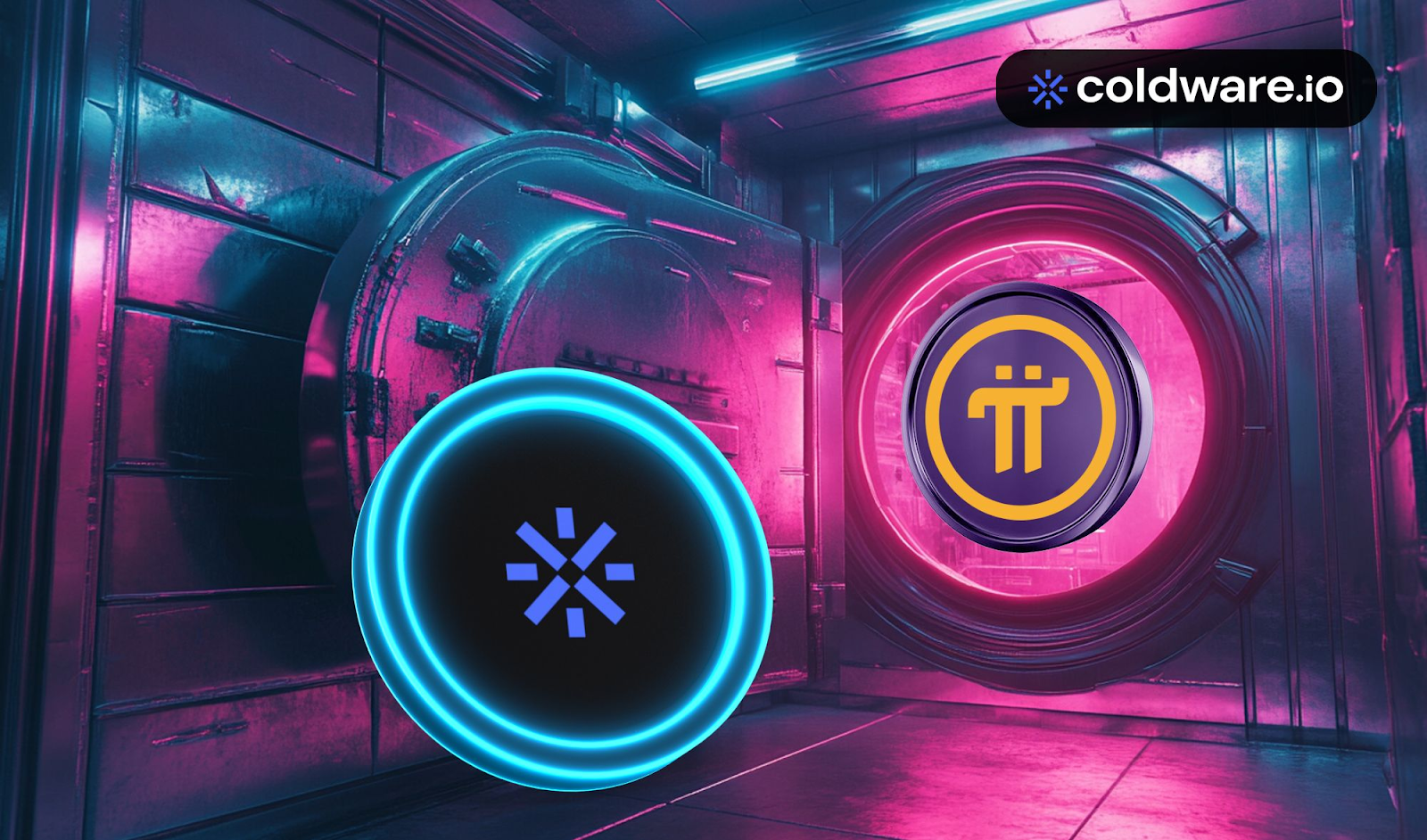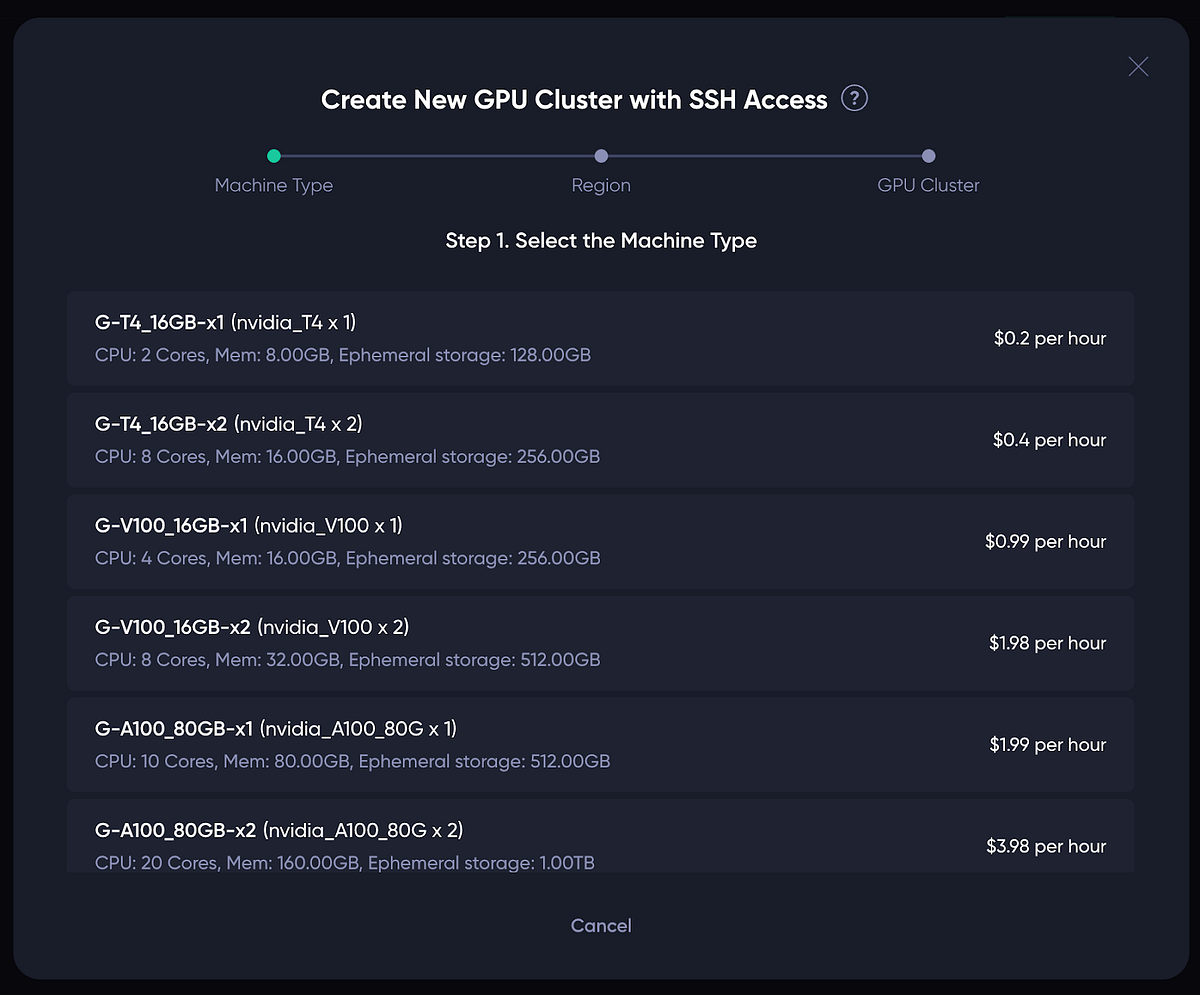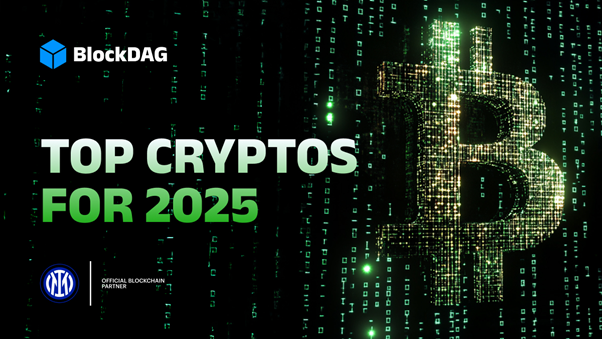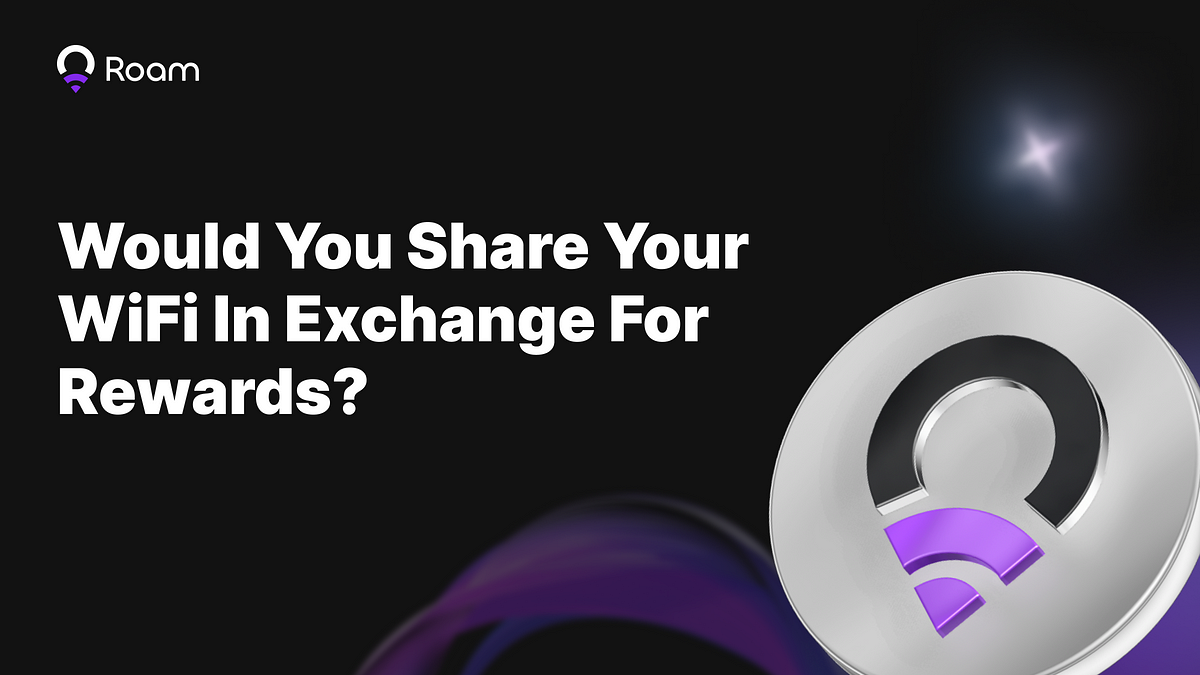Latest DePIN News

5 months ago
CUDIS Launches $CUDIS Token, Pioneering the Longevity Protocol
CUDIS, a wellness startup based on the Solana blockchain, has officially launched its $CUDIS token, marking a significant step in its journey towards becoming the first comprehensive longevity protocol. This token launch is not merely speculative; it is grounded in real-world applications, having already sold over 20,000 smart rings and onboarded more than 200,000 users since its inception in May 2024. The platform has processed billions of biometric signals, providing users with actionable insights to enhance their health and longevity. The $CUDIS token aims to serve as a connective layer within this ecosystem, facilitating access, incentives, and governance for users engaged in health data utilization.
The CUDIS platform began with a simple concept: empowering users through their health data. Users are issued a unique Longevity Decentralized ID (LDID) that allows them to mint health records as NFTs and receive AI-driven insights. The $CUDIS token now plays a crucial role in this evolving ecosystem, supporting app access, rewards, and community governance. Unlike traditional tokens, $CUDIS is designed for utility, ensuring that rewards are linked to verified health activities, thus creating a sustainable token economy focused on user engagement and real-world impact.
Looking ahead, CUDIS plans to expand its Longevity Hub, a platform for wellness innovation that will enable developers to create applications and services using health data and insights. Confirmed projects launching through this hub include dLife and Stadium Science, among others. To celebrate the token launch, CUDIS will also initiate a multi-tiered airdrop campaign aimed at rewarding early supporters and contributors. With a total supply of 1 billion tokens, CUDIS is set to be listed on major exchanges, further solidifying its position in the health and wellness blockchain space.

5 months ago
Streamr to Showcase Decentralized Data Solutions at IEEE ICBC 2025
Streamr is set to make a significant impact at the upcoming IEEE ICBC 2025 conference in Pisa, scheduled for June 6th. During the event, a lightning talk will be featured in the "DePIN Madness" session, introducing a workshop titled "The fusion of DePIN and AI for an intelligent future." This initiative aligns with Streamr's mission to establish a decentralized infrastructure for real-time data, aiming to replace traditional centralized messaging systems with a global peer-to-peer network. The project promises users secure access to real-time data streams, the ability to leverage immediate data through a marketplace, and a comprehensive toolkit called Core for managing these data streams effectively.
The Streamr Network operates as a decentralized system that collects and disseminates real-time data from various sources, including IoT sensors and smart devices. This layer zero protocol enhances the functionality of decentralized Web3 projects by utilizing a topic-based publish-subscribe model. Each data stream creates its own P2P overlay network, managed by BitTorrent-like trackers, ensuring efficient data flow. Additionally, the Data Union framework allows for innovative data crowdsourcing and crowdselling, integrating with platforms like Streamr, Ethereum, and xDai to incentivize users for sharing valuable data.
At the heart of the Streamr ecosystem is the DATA token, which follows the ERC-20 standard. This token serves multiple purposes, acting as the primary payment method within the Data Marketplace and functioning as the main incentive mechanism within the Streamr Network. By streamlining transactions and fostering active participation, the DATA token plays a crucial role in the overall success and sustainability of the Streamr project, further promoting a decentralized approach to real-time data management.

5 months ago
No Limit Holdings and ClearVue Partners Launch CVP NoLimit Fund II to Invest in Blockchain Innovations
On June 2nd, 2025, No Limit Holdings (NLH) and ClearVue Partners (CVP) announced the final close of the CVP NoLimit Fund II, which aims to invest in native crypto projects within a rapidly growing digital asset industry projected to reach nearly $15 trillion by 2030. NLH, led by Gin Chao, an influential figure in the blockchain space, emphasizes accelerating value creation through blockchain technology. The firm previously launched Fund I in 2022, which successfully invested in over 40 projects, outperforming Bitcoin with impressive metrics such as distributed to paid-in capital (DPI) and multiple on invested capital (MOIC). Fund I notably backed Wynd Labs, a key contributor to the successful DePIN project, Grass Protocol.
NLH's optimistic outlook for the blockchain industry is bolstered by expectations of increased institutional adoption and a stabilizing regulatory environment. Gin Chao, who has made accurate predictions regarding Bitcoin's price movements in the past, anticipates a Bitcoin high of $400-500k in the upcoming cycle. He emphasizes that NLH is not merely investing in technical protocols but is committed to supporting systems that will shape the future of global finance, governance, and transactions. Fund II is set to focus on early-stage investments in mission-driven founders and aims to explore significant opportunities in B2C applications.
The CVP NoLimit funds have established a strong institutional presence in just three years, with Fund II surpassing its $100 million target within nine months. Investments have already been made in various portfolio projects, including Altius and Aro Network. The collaboration between NLH and CVP is expected to drive innovation and adoption in the blockchain space, positioning them as key players in the evolving landscape of digital assets. As the industry matures, both firms are poised to leverage their expertise and networks to foster the next generation of blockchain solutions.

5 months ago
Top Cryptocurrencies to Watch for the 2025 Bull Run
As the cryptocurrency market gears up for the anticipated 2025 bull run, investors are increasingly looking for projects that offer more than just speculative gains. The focus is shifting towards cryptocurrencies that demonstrate long-term utility and technological innovation. Among the frontrunners in this space are Unstaked, Bittensor, NEAR Protocol, and Filecoin, each showcasing unique strengths that contribute to their potential for significant growth. These projects are not only gaining traction but are also designed to deliver real-world value through their advanced functionalities.
Unstaked stands out with its innovative approach to integrating AI into social platforms. By developing AI agents capable of operating across platforms like Telegram and X, Unstaked aims to enhance user engagement and support. Currently in its presale phase, Unstaked has raised $8.2 million, with a presale price of $0.01043 and a projected launch price of $0.1819, indicating a potential return of 2700%. This focus on AI automation positions Unstaked as a strong contender for the upcoming bull run.
Bittensor, on the other hand, is redefining the AI landscape by creating an open network that rewards users for contributing computing power and AI models. With its token TAO experiencing notable price movements, Bittensor's model fosters collaboration rather than competition. NEAR Protocol simplifies Web3 development, making it accessible for developers to create user-friendly applications, while Filecoin addresses the growing demand for decentralized storage solutions. Together, these projects represent a shift towards cryptocurrencies that prioritize functionality and real-world applications, making them worthy of attention as the market evolves towards 2025.

5 months ago
Coldware: Bridging Hardware and Blockchain for a Usable Web3 Experience
Coldware ($COLD) is making significant strides in the blockchain space by integrating hardware with blockchain technology. Currently, the project is in its presale phase, with only 37% of tokens remaining at a price of $0.00625. Coldware aims to create a seamless bridge between hardware and blockchain, focusing on usability and real-world applications. Unlike many crypto projects that often rely on vague promises, Coldware is delivering tangible products such as the Larna 2400 smartphone and ColdBook laptop, which are designed to plug directly into the ecosystem and function as lite nodes out of the box.
In the broader context of the crypto landscape, Coldware is not alone. Pi Network and Theta Network are also making their mark with unique approaches. Pi Network, boasting over 60 million users, is focused on mobile-first crypto adoption but has faced challenges related to transparency after a significant token transfer raised concerns. Despite this, Pi Network is actively investing in its ecosystem with a new $100 million fund. On the other hand, Theta Network is carving out a niche in decentralized video infrastructure, recently launching an AI Model API service to enhance developer capabilities. However, it remains to be seen if these projects can achieve mass adoption.
What sets Coldware apart is its commitment to usability and privacy. The custom operating system is designed to block trackers and minimize data leaks, offering a stark contrast to mainstream tech solutions. With its focus on delivering a plug-and-play Web3 experience, Coldware is not just targeting crypto enthusiasts but aims to appeal to a broader audience. As the presale continues, the project presents a unique opportunity for early investors to engage with a platform that is already operational and focused on real-world usability.

5 months ago
Coldware: Merging Blockchain with Usable Hardware
Coldware ($COLD) is making significant strides in the blockchain space by merging hardware with blockchain technology. Currently, the project is in its presale phase, with only 37% of tokens remaining at a price of $0.00625. Coldware aims to create a seamless bridge between hardware and blockchain, focusing on usability rather than vague promises. By offering devices like the Larna 2400 smartphone and ColdBook laptop, which function as lite nodes right out of the box, Coldware is making it easier for users to engage with decentralized finance (DeFi) without the need for complex setups. The project is powered by the $COLD token, which facilitates transactions, governance, and staking rewards while also allowing users to create their own tokens through a unique feature called Freeze.Mint.
In the broader landscape of blockchain projects, Pi Network and Theta Network are also noteworthy contenders. Pi Network has garnered a massive user base of over 60 million, but recent turbulence in token price has raised concerns about transparency. Despite this, Pi Network is pushing forward with a $100 million fund to support new projects within its ecosystem. Meanwhile, Theta Network is focusing on decentralized video infrastructure and has recently launched an AI Model API service to enhance its offerings. While both projects have potential, they have yet to achieve mass adoption, which remains a critical factor for their future success.
Overall, Coldware distinguishes itself by prioritizing real-world usability and privacy in its offerings. Unlike many crypto projects that are still in the conceptual phase, Coldware is already delivering functional hardware and a privacy-focused operating system. With its presale ongoing and a unique approach to integrating blockchain into everyday devices, Coldware presents an attractive opportunity for investors looking to enter the Web3 space. As the market evolves, the success of these projects will depend on their ability to deliver tangible benefits to users and achieve widespread adoption.

5 months ago
Investors Shift from Pi Network and Filecoin to Coldware as DePIN Market Matures
In recent developments within the decentralized physical infrastructure network (DePIN) sector, investors from [Pi Network](https://www.mexc.com/price/PI) and Filecoin are shifting their focus to Coldware ($COLD). This transition comes after mixed results from both projects, with Pi Network facing challenges during its mainnet launch and Filecoin struggling with scaling issues. Coldware stands out by offering hardware-powered infrastructure that connects digital tokens with physical devices, such as the Larna 2400 smartphone and ColdBook laptop, which serve as nodes in a decentralized network. This innovative approach is attracting attention from disillusioned investors looking for more tangible opportunities.
The migration of investors is driven by a combination of disillusionment and strategic capital redeployment. Pi Network's prolonged delays and technical difficulties have led many holders to seek alternatives. Meanwhile, Filecoin's pioneering status in decentralized storage is being challenged by competitors, prompting its investors to diversify into next-generation projects like Coldware. With Coldware's presale approaching its $80 million soft cap, there is a sense of urgency among these experienced investors, who are eager to secure their positions before public listings.
What sets Coldware apart is its hardware-first approach, which addresses several critical issues that have hindered DePIN adoption. By creating purpose-built devices that act as network nodes, Coldware eliminates compatibility problems and provides a standardized foundation for developers. This user-friendly model allows everyday users to participate in the network without needing technical expertise. As the DePIN market matures, the shift of investors towards Coldware signals a growing preference for projects that deliver practical, real-world value over theoretical promises, marking a significant evolution in the DePIN landscape.

5 months ago
Theta EdgeCloud Launches GPU Clusters for Enhanced AI Model Training
Theta EdgeCloud has introduced a significant enhancement by enabling users to launch GPU clusters, which are essential for training large AI models. This new feature allows the creation of clusters composed of multiple GPU nodes of the same type within a specific region, facilitating direct communication among nodes with minimal latency. This capability is crucial for distributed AI model training, as it allows for parallel processing across devices. Consequently, tasks that traditionally required days or weeks to complete on a single GPU can now be accomplished in hours or even minutes, significantly accelerating the development cycle for AI applications.
The introduction of GPU clusters not only enhances training efficiency but also supports horizontal scaling, allowing users to dynamically add more GPUs as needed. This flexibility is particularly beneficial for training large foundation models or multi-billion parameter architectures that exceed the memory capacity of a single GPU. The demand for this feature has been voiced by numerous EdgeCloud customers, including leading AI research institutions, highlighting its importance in the ongoing evolution of Theta EdgeCloud as a premier decentralized cloud platform for AI, media, and entertainment.
To get started with GPU clusters on Theta EdgeCloud, users can follow a straightforward three-step process. This includes selecting the machine type, choosing the region, and configuring the cluster settings such as size and container image. Once the cluster is created, users can SSH into the GPU nodes, enabling them to execute distributed tasks efficiently. Additionally, the platform allows for real-time scaling of the GPU cluster, ensuring that users can adapt to changing workloads seamlessly. Overall, this new feature positions Theta EdgeCloud as a competitive player in the decentralized cloud space, particularly for AI-driven applications.

5 months ago
Top Crypto Tokens to Watch in 2025: BlockDAG, Toncoin, Litecoin, and Filecoin
As 2025 approaches, the cryptocurrency market is abuzz with speculation about which tokens will emerge as top performers this year. Investors are shifting their focus from mere hype to tangible progress, adoption rates, and strategic market positioning. Among the frontrunners, BlockDAG is gaining significant attention, alongside established players like Toncoin, Litecoin, and Filecoin, each offering unique advantages worth monitoring.
BlockDAG is making waves with its ambitious exchange strategy, planning to list on 20 centralized exchanges on June 13. This aggressive move is not just about visibility; it signifies a readiness to expand its market reach. With over $273 million raised and a presale currently underway, BlockDAG has already sold more than 21.4 billion coins, yielding substantial returns for early investors. Its hybrid model, which combines DAG scalability with Proof-of-Work reliability, is attracting both developers and miners, positioning it as a serious contender in the crypto landscape.
On the other hand, Litecoin remains a reliable choice in the crypto sphere, known for its fast transactions and low fees. Its potential in cross-border payments is gaining traction, appealing to investors seeking a blend of legacy trust and future utility. Meanwhile, Toncoin benefits from its integration with Telegram, providing seamless access to millions of users and enhancing its adoption prospects. Lastly, Filecoin is carving out its niche in decentralized storage, catering to the growing demand for secure data solutions. Each of these tokens presents distinct opportunities, but BlockDAG's early momentum and strategic roadmap may give it the edge in the competitive crypto market of 2025.

5 months ago
Roam: Revolutionizing WiFi Sharing with Blockchain Technology
In an innovative shift towards decentralized connectivity, Roam is transforming the way users share their internet connections. By allowing individuals to contribute both private and public WiFi to a global network, Roam empowers users to monetize their unused bandwidth while providing others with reliable access to the internet. This model not only enhances connectivity but also rewards users with Roam Points, which can be converted into $ROAM or used to participate in various in-app activities, including games and exclusive events.
Security and privacy are paramount concerns when sharing internet connections, and Roam addresses these issues with a robust security framework built on blockchain technology. Users maintain full control over their WiFi sharing preferences through the Roam app, allowing them to add, edit, or remove hotspots at their convenience. The platform ensures that all connections are encrypted, safeguarding personal data for both the host and the users accessing the network. Additionally, each Roam account is assigned a unique decentralized identity (DID), further enhancing user privacy and data management.
Roam's rapid growth is evident, with over 2 million registered users and more than 3.5 million WiFi hotspots mapped globally, making it the leading decentralized physical infrastructure network (DePIN) for WiFi coverage. This expansion is fueled by a diverse user base, including students, travelers, and local businesses, who are not just consumers but active contributors to the network. By downloading the Roam app, users can easily share their WiFi and earn rewards, thereby participating in a community-driven effort to enhance global connectivity.
Signup for latest DePIN news and updates